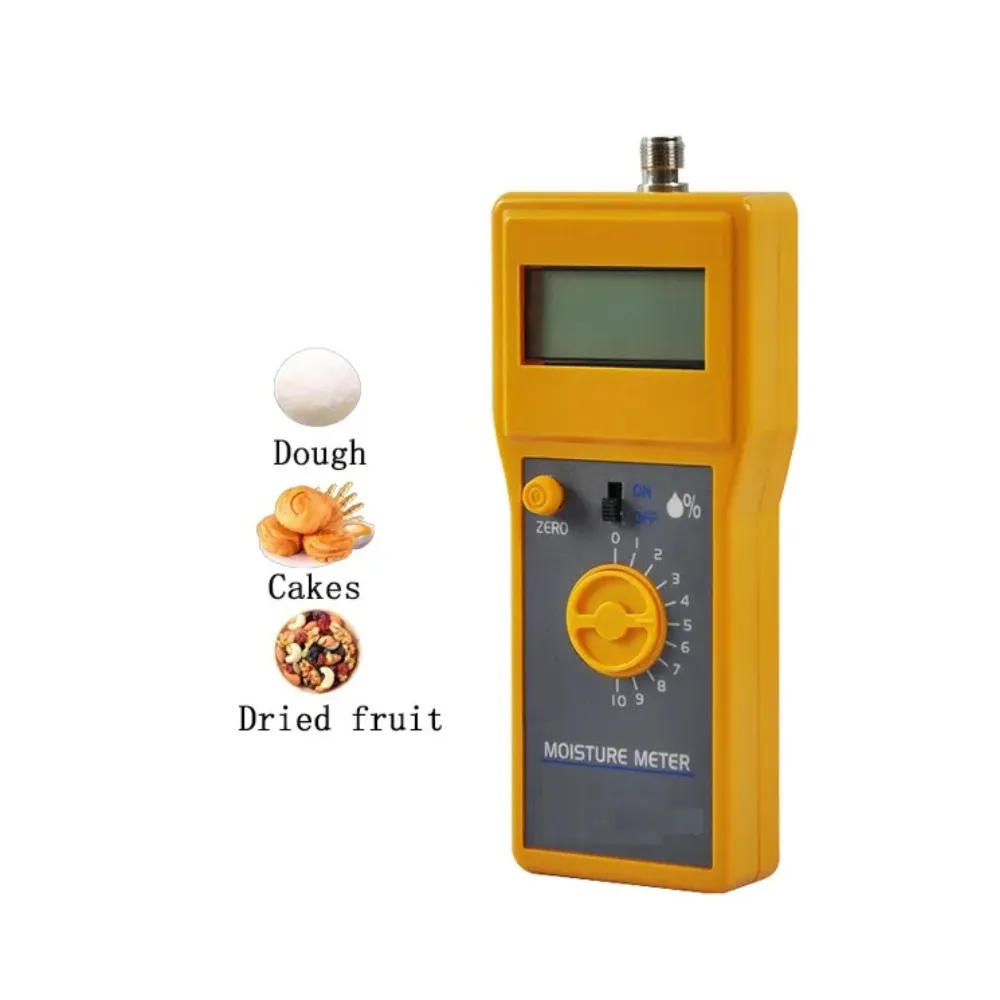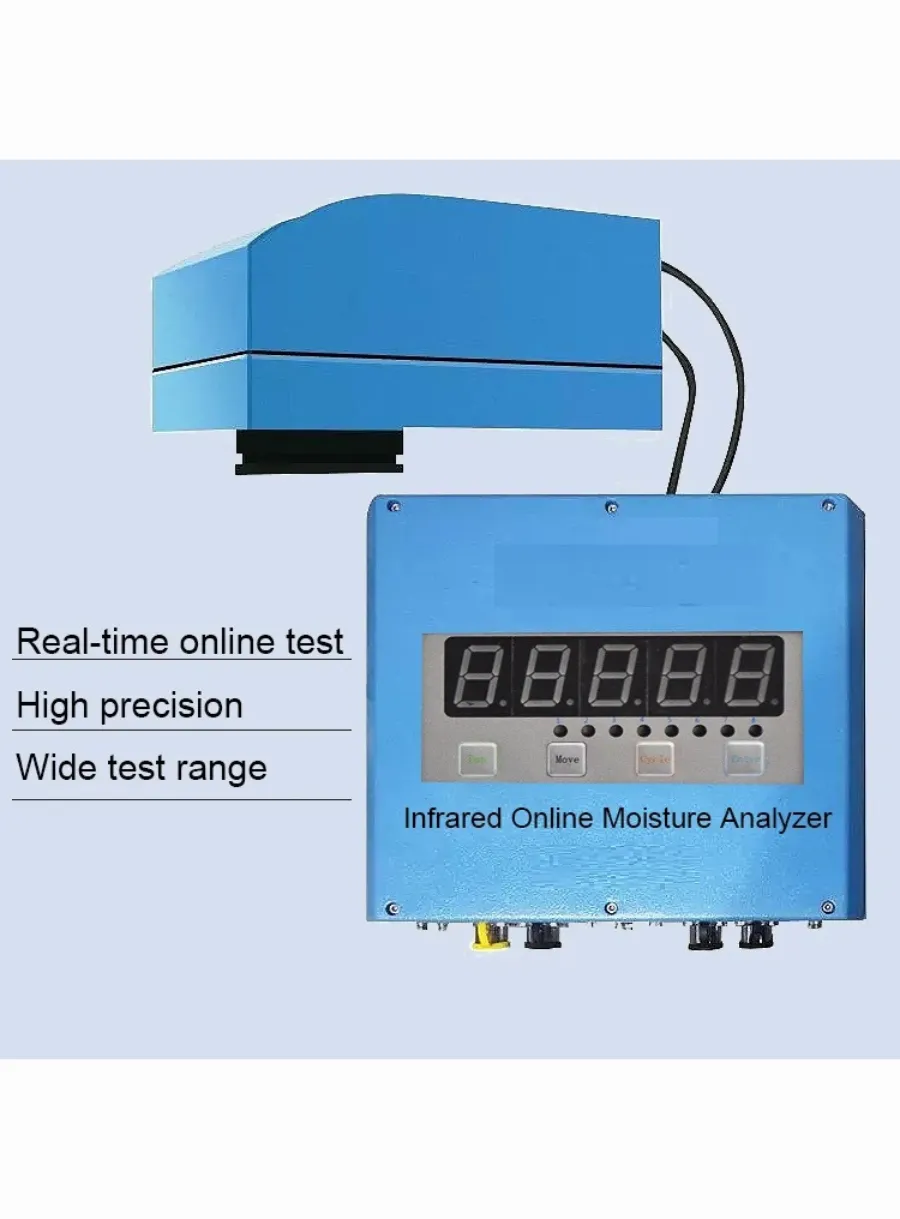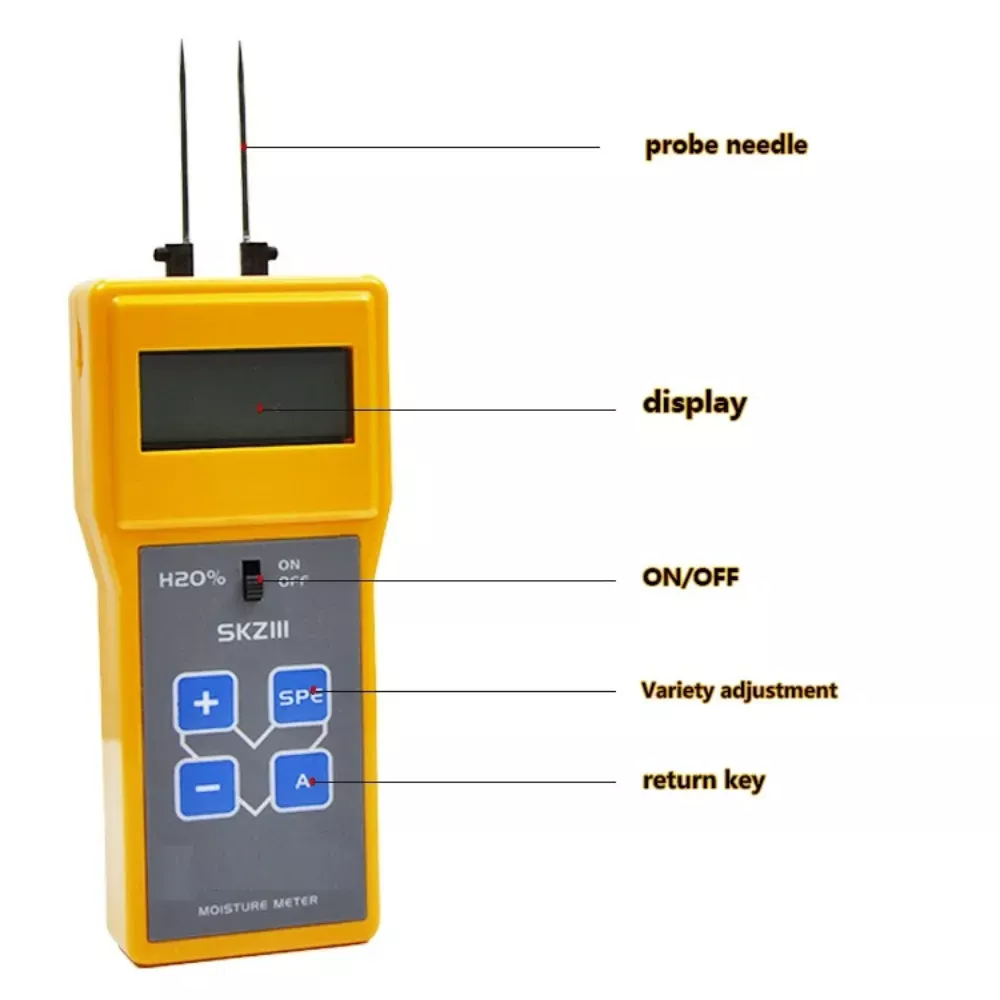
The Impact of Moisture Content on Dehydrated Food
Table of Contents
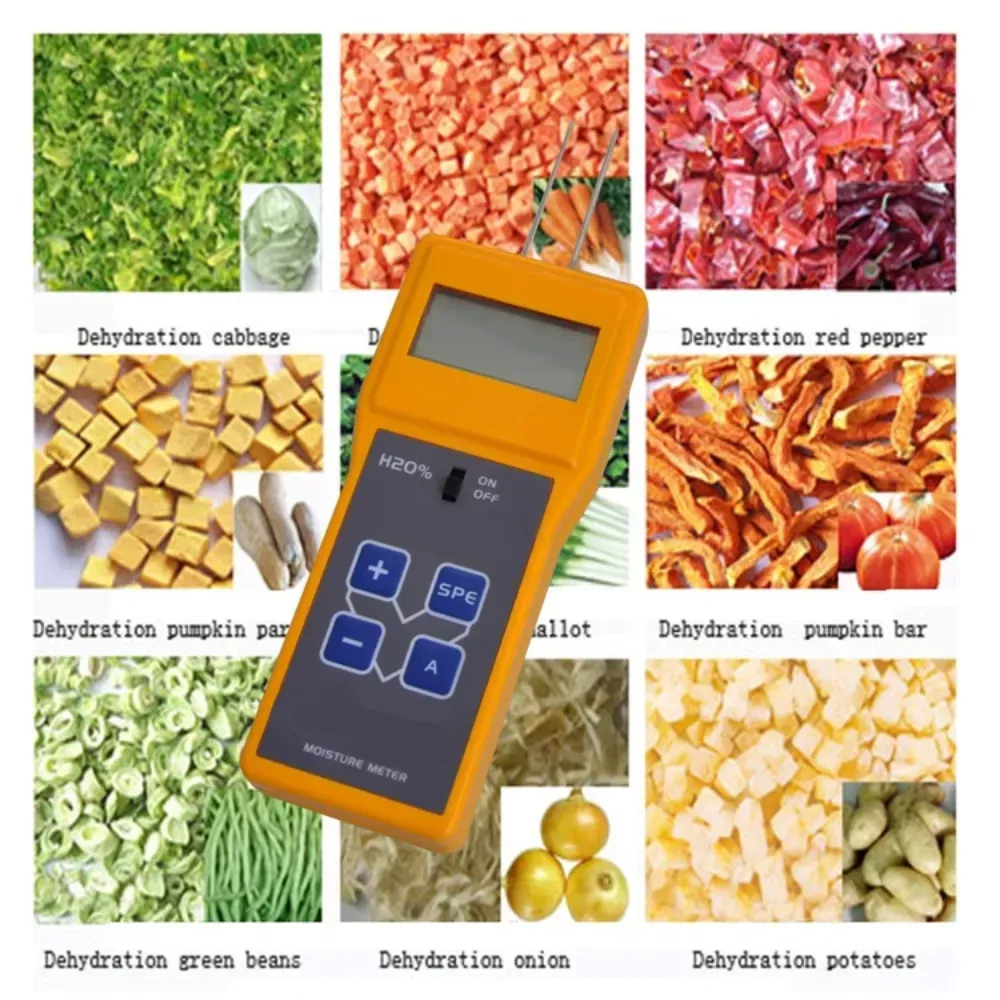
The relationship between moisture content and nutritional value is complex, as the removal of water from food can lead to the degradation of certain nutrients, while also preserving others. For instance, the water-soluble vitamins, such as vitamin C and the B-complex vitamins, are sensitive to heat and can be lost during the drying process. On the other hand, the fat-soluble vitamins, such as vitamins A, D, E, and K, are more stable and can be better preserved in dehydrated food.
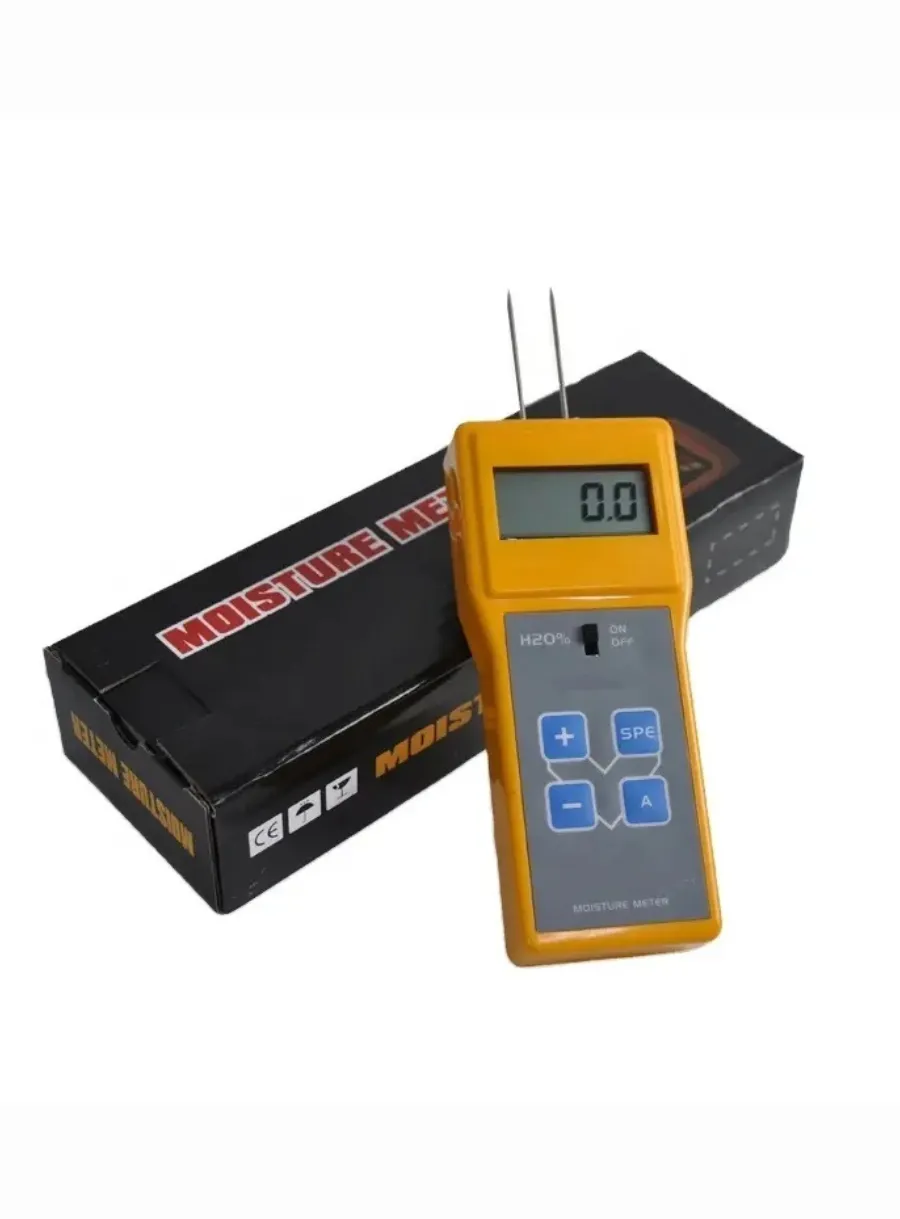
Moreover, the moisture content of dehydrated food can also impact its texture and taste. A higher moisture content can result in a softer, more palatable texture, while a lower moisture content can lead to a harder, more brittle texture. This is because the water content in food plays a significant role in maintaining the structure and integrity of the food matrix.
In order to ensure that dehydrated food maintains its nutritional value and quality, it is essential to accurately measure the moisture content of the final product. There are several methods available for moisture measurement in dehydrated food, including gravimetric analysis, near-infrared spectroscopy (NIR), and the use of moisture meters.
Gravimetric analysis involves weighing the food sample before and after drying, and then calculating the difference in weight to determine the moisture content. This method is considered to be the most accurate, as it directly measures the amount of water removed from the food. However, it can be time-consuming and requires the use of specialized equipment, such as an oven or a vacuum drying chamber.
Near-infrared spectroscopy (NIR) is a non-destructive method that uses the absorption of near-infrared light by the food sample to determine its moisture content. This method is quick and easy to use, and can be performed on-site in a food processing facility. However, it may not be as accurate as gravimetric analysis, especially for foods with complex matrices or varying moisture contents.
Moisture meters are portable devices that can be used to measure the moisture content of dehydrated food by inserting a probe into the food sample. These meters work by measuring the electrical conductivity of the food, which is influenced by the moisture content. While moisture meters are convenient and easy to use, they may not be as accurate as gravimetric analysis or NIR, especially for foods with varying moisture contents.
In conclusion, moisture measurement in dehydrated food is a critical aspect of the food industry, as it directly impacts the quality, safety, and nutritional value of the final product. Accurate moisture measurement is essential for ensuring that dehydrated food maintains its nutritional value and quality, while also providing a safe and enjoyable eating experience for consumers.
Comments
Tags
Frequently Asked Question
Moisture content can lead to the degradation of water-soluble vitamins like vitamin C and B-complex vitamins during the drying process. However, fat-soluble vitamins (A, D, E, and K) are better preserved in dehydrated food.
The main methods for measuring moisture content in dehydrated food are gravimetric analysis, near-infrared spectroscopy (NIR), and moisture meters. Each method has its own advantages and limitations in terms of accuracy and convenience.
Gravimetric analysis is considered the most accurate method for measuring moisture content in dehydrated food. It directly measures the amount of water removed from the food by weighing the sample before and after drying.

